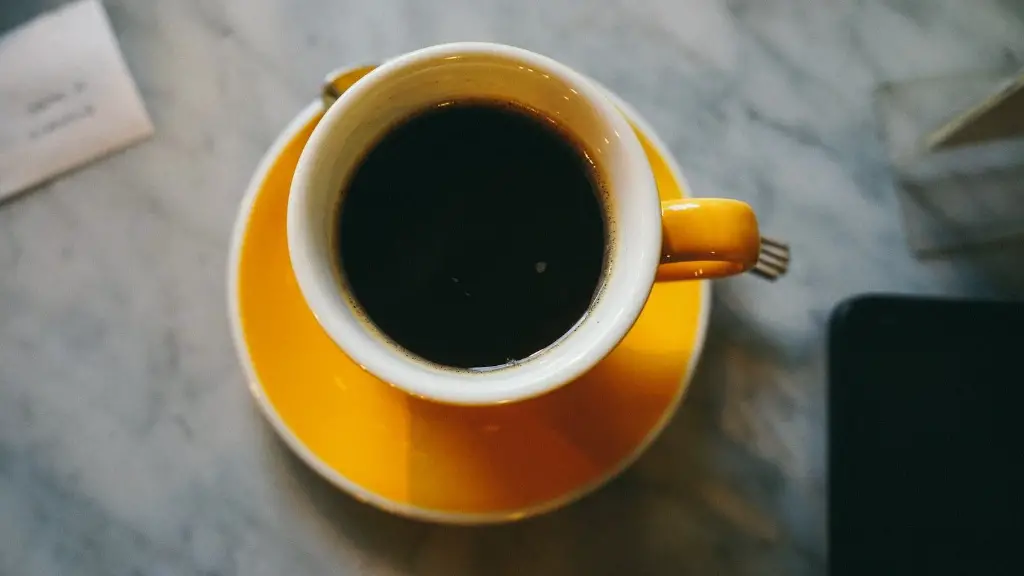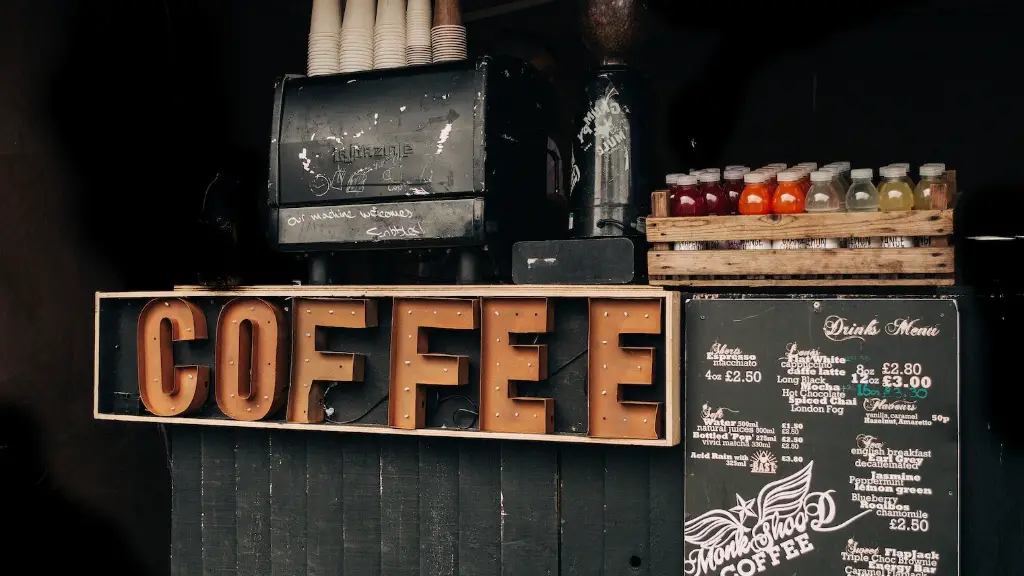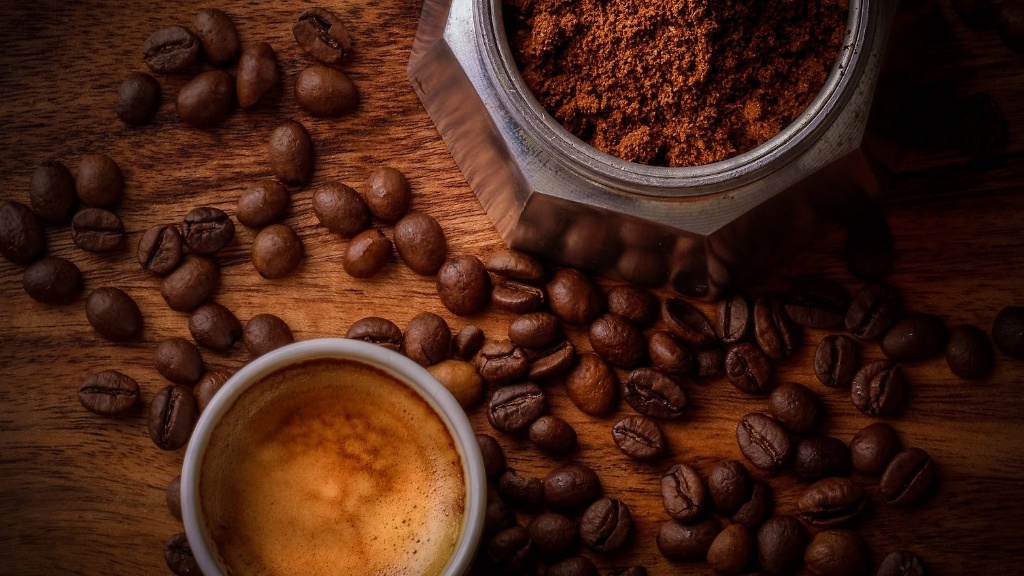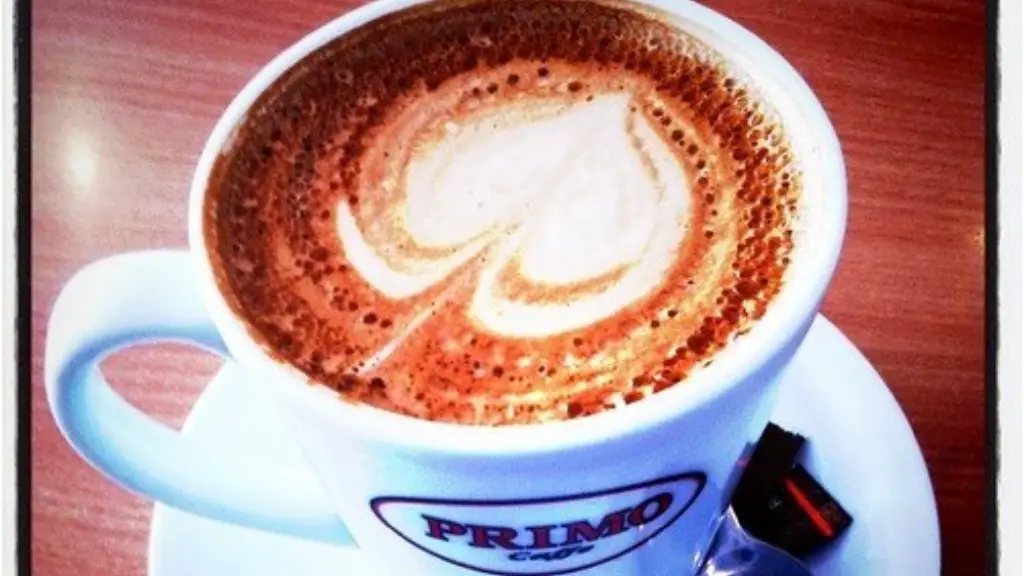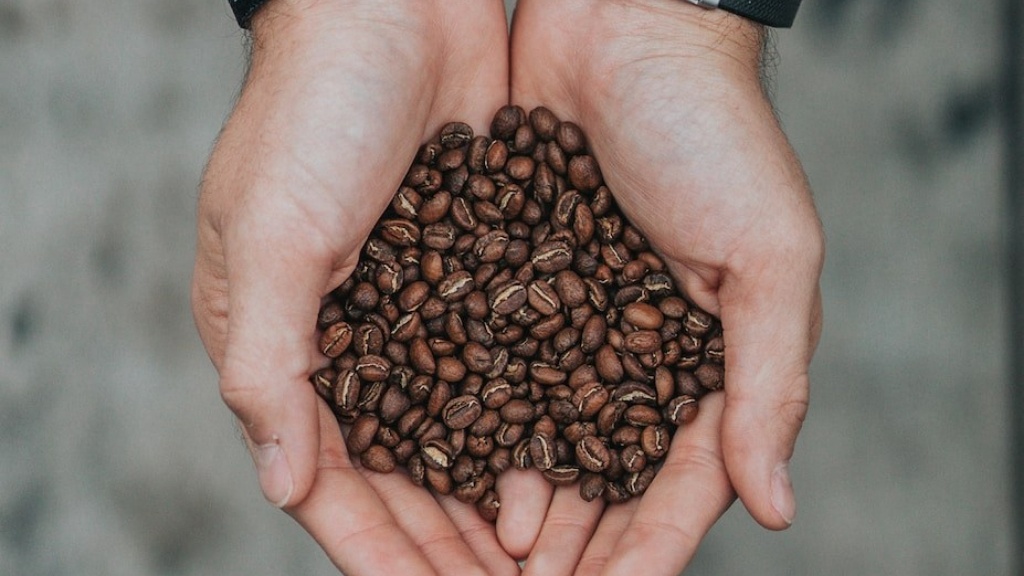Does Drinking Coffee Through a Straw Help Prevent Staining?
Many of us love to start their day with a hot cup of coffee, yet, some people are worried that the dark and acidic beverage may stain their teeth. We often hear people asking: “Does drinking coffee through a straw help prevent staining? “. This is an interesting and common question with a surprising answer and a deeper exploration of the topic.
Coffee is made of naturally acidic compounds, and it is well known that these acids can gradually weaken the enamel of teeth. As the enamel wears away, it can leave behind discoloration of the teeth that is difficult to remove, even for professional bleaching techniques.
A simple and obvious solution would be to avoid coffee as much as possible. However, for many dedicated coffee drinkers, this solution is unrealistic. Gaining insight from a dentist may be the best alternative solution.
A dentist pointed out that drinking coffee through a straw may be an effective way to reduce the staining on teeth. This is because the dark liquid is less likely to come in contact with teeth when drinking through the straw. A straw also helps to control the amount of liquid that comes into contact with the teeth, thereby reducing the amount of liquid that causes the discoloration. By drinking through a straw, the majority of liquid will not come in contact with the teeth and therefore will not be able to cause any discoloration.
However, some experts advise to be careful when drinking through a straw. Many of us have the tendency to suck too hard on the straw, which can cause more liquid to be taken into the mouth than desired. This can increase the risk of direct tooth contact with the coffee, making it more likely to cause staining.
The dentist also shared that even if a straw is not used, there are still some ways to protect teeth from staining. The simplest technique is to rinse your mouth with water after drinking coffee, in order to dilute any concentrated acid remaining on the teeth. This technique is especially effective when used regularly and in combination with drinking through a straw.
Finally, it is important to keep up good dental hygiene habits. Even if you take precautions to avoid stains, it is still important to brush and floss regularly to keep teeth healthy.
Do Straws Have Any Negative Impact on Teeth?
Using a straw to drink coffee in order to avoid staining the teeth is a common practice. While it is true that it reduces the risk of staining, there are some other potential negatives to consider when using a straw.
When we take a sip of any beverage, the straw has to go through the teeth to reach the lips. This can be taxing on teeth, in particular because the straw can cause friction when it passes through the teeth. Over time, this can lead to teeth enamel erosion, which can cause teeth to become sensitive and more vulnerable to staining.
To avoid this, experts suggest using a straw in moderation. For example, using a straw one day and avoiding one the next day can be a helpful way to minimize any potential risks to the teeth.
In addition, it is important to use wide straws with soft materials, as these are less likely to cause damage to the teeth. Stainless steel straws are also a good option, as long as the stainless steel is not too hard. Plastic straws should also be avoided, as they can leave residue on the teeth that can cause staining.
What is the Best Way to Remove Teeth Stains from Coffee?
There are several methods for bleaching or “whitening” teeth that can be used to remove tooth discoloration from coffee. The simplest and most cost-effective method is to use a special toothpaste that is designed to help remove surface discoloration from the teeth.
In addition to this, a dentist can apply a bleaching solution to the teeth. This bleaching solution is made of hydrogen peroxide and other compounds that can help to reduce the discoloration and make teeth look brighter.
Finally, it is possible to use laser whitening techniques to help reduce tooth discoloration. This procedure is done by a dentist and involves the application of laser light to the teeth to activate the bleaching agent. This technique can have more dramatic results, and is usually used in more difficult cases of tooth discoloration.
What Are Some Natural Ways to Whiten Teeth?
Beyond these bleaching techniques, there are some natural methods that can be used to whiten teeth. For example, baking soda is a great whitening agent that can be mixed with water to form a paste. This paste can be massaged onto the teeth to help remove surface discoloration.
It is important to note that baking soda should not be ingested, and should only be used externally on the teeth. Activated charcoal is another natural whitening agent that can be used on the teeth and is safe for ingestion.
Strawberry paste is also a natural method for whitening the teeth. To create this paste, simply mash a few ripe strawberries and mix them with a spoonful of baking soda. This paste can then be massaged onto the teeth for a few minutes and then washed off.
Natural toothpastes made of neem and other natural ingredients can also be used to improve tooth health and cleanse surfaces. These pastes are effective, but take longer to take effect than a regular toothpaste.
Do Sugary Drinks and Foods Also Contribute to Tooth Discoloration?
Yes, sugary drinks and foods contribute to tooth discoloration and they can be more damaging than coffee, because the sugar sticks to the teeth more easily than coffee. This sticking of the sugar makes it difficult to remove, even with brushing. In addition, sugar is much more acidic than coffee and can cause more immediate erosion of enamel.
To avoid this, it is important to drink plenty of water. Water rinses away food residue and helps keep teeth strong and healthy. Additionally, avoiding sugary snacks, such as candy and cookies, can also help to reduce staining from sugar.
What Are Some Alternative Options for Enjoying Coffee Without the Risk of Staining?
Drinking coffee through a straw can be effective for reducing the risk of staining, but for some, this is an inconvenient and unappealing solution. If you still want to enjoy the flavor of coffee, but don’t want to risk staining your teeth, there are some alternative options to explore.
Cold brew coffee has become extremely popular in recent years and is a great alternative to hot coffee. This type of coffee has a different flavor profile than hot coffee and is much less acidic. Additionally, cold brew contains less caffeine than hot coffee, making it a healthier alternative.
Another option is to switch to tea instead of coffee. Tea is naturally less acidic than coffee and does not contain the same staining agents as coffee. Additionally, a cup of hot tea can be enjoyed in the same way as hot coffee, and it can provide some of the same comfort and relaxation effects.
Conclusion
Drinking coffee through a straw can help to reduce the risk of staining teeth. However, it is important to use a straw in moderation and to avoid straws made of hard materials. In addition to using a straw, regular dental hygiene is important to prevent staining, and there are some natural whitening methods that can be used to remove any discoloration that may occur.
